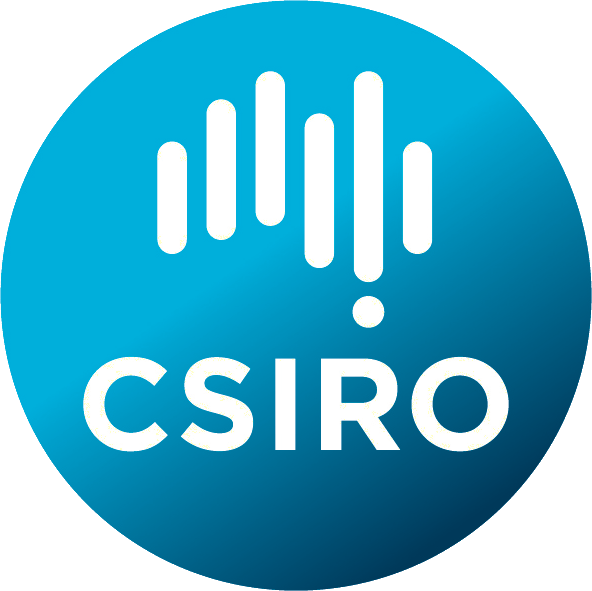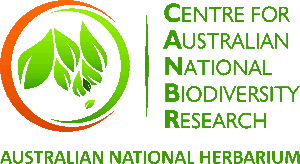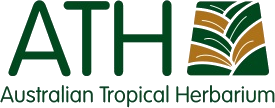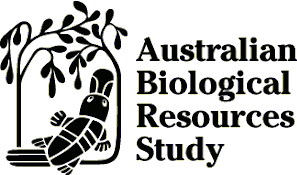Australian Tropical Rainforest Plants - Online edition
Gomphocarpus physocarpus E.Mey.
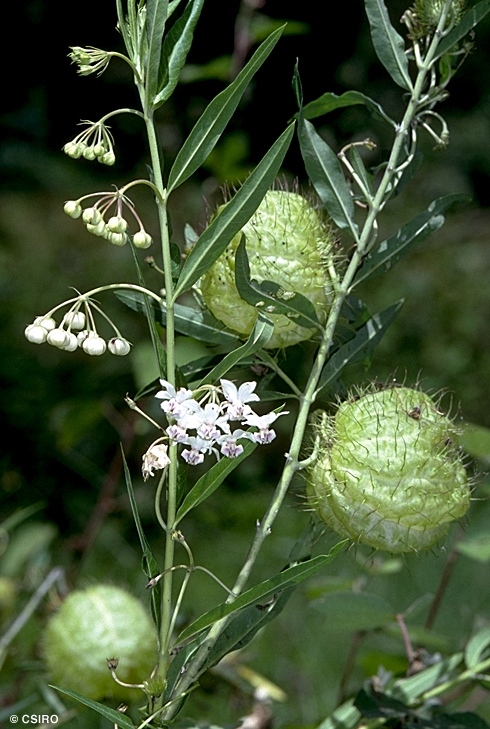


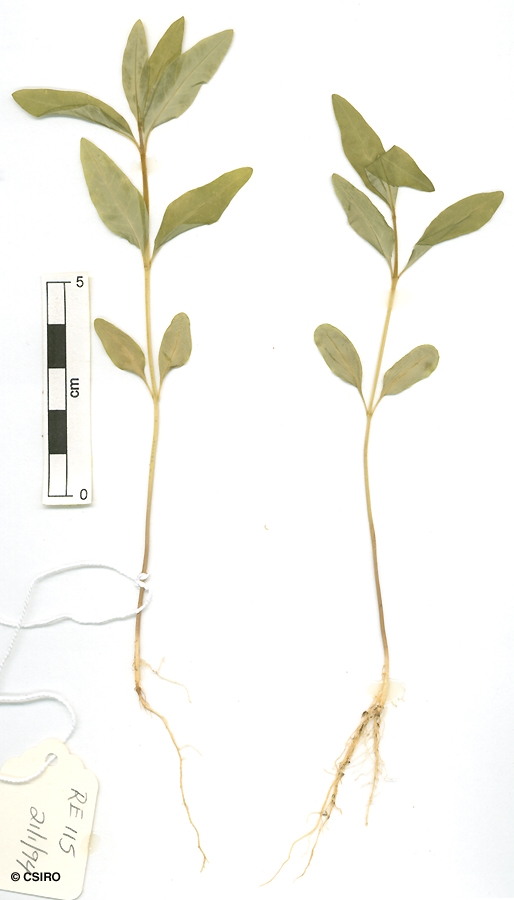
Meyer, E.H.F. (1836) Commentariorum de plantis Africae Australioris 1 : 202. Type: South Africa, J. F. Drege; holo: B ? destroyed. Fide Forster (1996) Flora Australia 28: 218.
Balloon Cotton Bush; Cotton Bush
Usually flowers and fruits as a single-stemmed shrub 1-2 m tall.
Inflorescences not strictly axillary, arising from the twigs beside the petioles but not in the axil of the petiole. Pedicels about 1.5-2 cm long. Flowers about 10-16 mm diam. Anthers sessile. Ovary clothed in glands or glandular hairs. Each flower with two free carpels but only one appears to be functional.
Seeds about 5 x 2 mm, excavated or flat on one side, testa reticulate, long white silky hairs on the margins. Cotyledons yellow-orange.
A poisonous plant but rarely eaten by domestic animals. Everist (1974).

